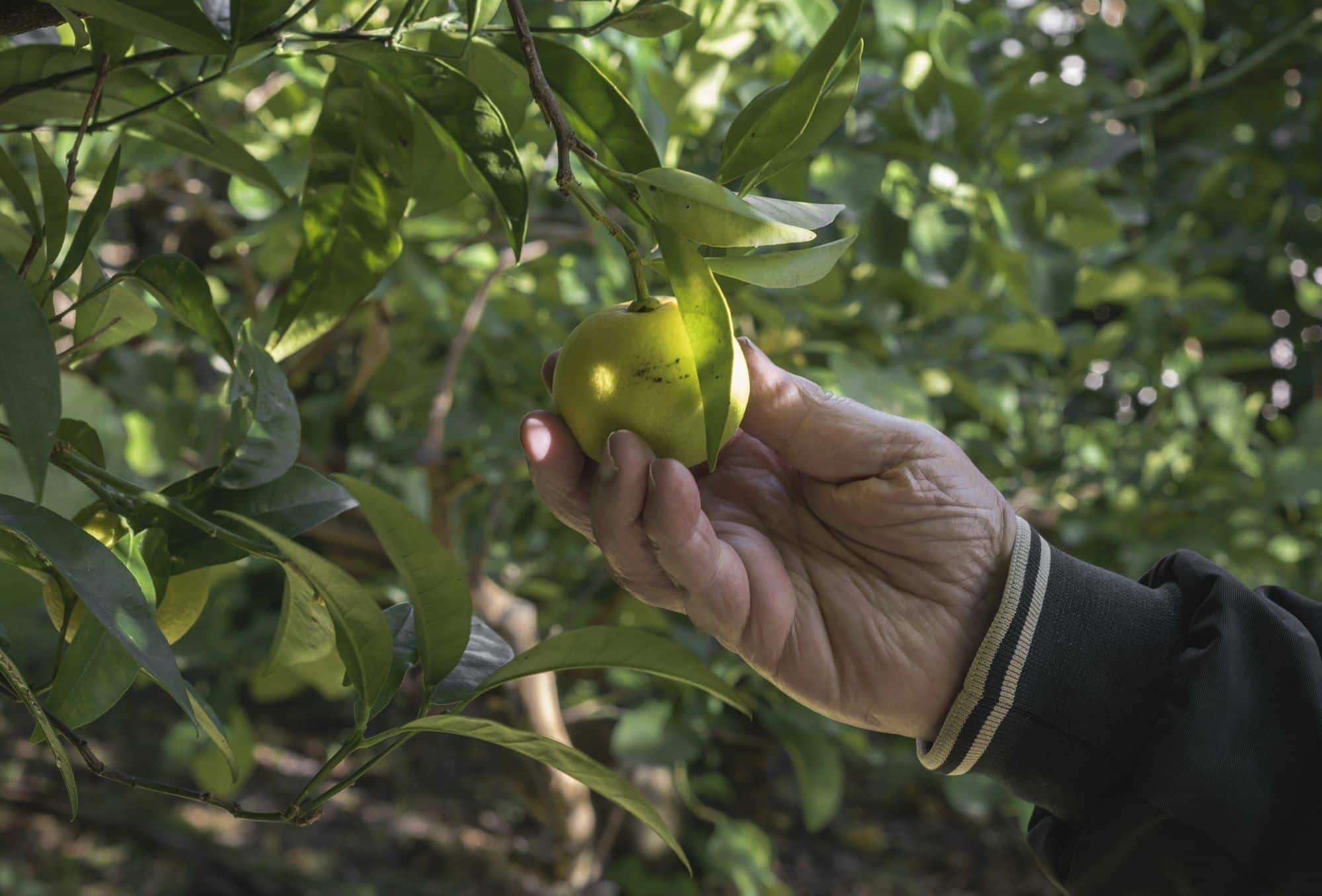Undeniably, citrus fruits add a robust flavour note to every culinary delicacy they grace with their presence. However, you might have noticed that the UK’s local fruit market lacks an ample supply of fresh citrus. This scarcity sparks a question: Is it possible to successfully grow citrus trees amidst the unpredictable climate in the UK?
Contrary to the prevailing notion, it’s not an insurmountable task to cultivate citrus trees in colder climates. The key is understanding the nuances of these trees and the climate they thrive in. This article will serve as a comprehensive guide to growing citrus trees, walking you through the essentials of soil requirements, temperature control, and planting models.
Sujet a lire : What’s the Best Time of Year to Prune Fruit Trees in the UK?
Understand the Citrus Trees’ Native Climate
Citrus trees, such as lemons, oranges, and grapefruits, are typically associated with warmer climates. Native to regions that enjoy a mild winter and a hot, sunny summer, these trees thrive in temperatures ranging between 13 – 38°C.
The UK’s climate, however, is considerably colder and less predictable, with average winter temperatures dropping to 3.7°C and summer temperatures rarely exceeding 19°C. This discrepancy might seem discouraging, but it’s far from a decisive factor. With a little scholarly insight and application, you can successfully grow citrus trees in your garden, regardless of the UK climate.
Cela peut vous intéresser : How to Choose the Right Shade Trees for a Small UK Urban Garden?
Choosing the Right Soil for Citrus Trees
Soil plays a pivotal role in the growth of any plant, but it’s particularly crucial for citrus trees. They require well-drained soil that is slightly acidic, with a pH range of 6.0 – 7.5. Most garden soil in the UK tends to be slightly alkaline, which could inhibit citrus tree growth.
Preparing the soil for citrus crop involves testing the soil’s pH level, then amending it if necessary. You can use organic matter such as compost or manure to improve the soil’s texture, structure, and drainage. Adding a layer of mulch on top can also help maintain soil temperature and moisture levels, creating an optimal environment for the plant’s roots.
Monitoring and Controlling Temperatures
Temperature management is key to growing citrus trees, especially in a climate that often strays from the ideal citrus-growing conditions. The most effective model for managing temperature fluctuations involves moving the trees indoors or under a greenhouse during winter.
Citrus trees are not frost-hardy. If you’re intending to grow them outside, you’ll need to ensure they’re planted in a location that gets plenty of sunlight and is protected from cold, northern winds. A south-facing wall can be an excellent choice for this purpose.
The Planting Model for Citrus Trees
Growing citrus trees in the UK requires a different approach than in their native climates. Instead of planting them straight into the ground, consider using pots or containers. This model allows you to bring the trees indoors during winter, protecting them from frost and freezing temperatures.
When choosing a pot, opt for one that’s large enough to accommodate the tree’s growth but not so large that it becomes unmanageable to move. The pot should also have good drainage to prevent waterlogging, which can lead to root rot.
Growing and Caring for Your Citrus Trees
Once you’ve planted your citrus trees, caring for them involves regular watering, feeding, and pruning to encourage healthy growth and fruit production.
Watering should be done deeply and infrequently, allowing the soil to dry out between waterings. Overwatering can lead to waterlogging and root rot, so be careful to avoid this common mistake.
Feeding your citrus trees involves providing them with a balanced citrus fertilizer throughout the growing season, from late winter to early autumn. This will keep your trees healthy and improve their fruit production.
Pruning is another crucial aspect of citrus tree care. It should be done in late winter or early spring, before the new growth starts. Pruning helps to maintain the tree’s shape, remove dead or diseased branches, and encourage new growth.
Despite the UK’s unpredictable climate, growing citrus trees isn’t an unattainable feat. With the right knowledge and care, you can enjoy the fruits of your labour – quite literally – in your own backyard.
How Climate Change Affects Citrus Trees
As you delve deeper into the world of citrus plants, you’ll find climate change to be a significant factor impacting their growth and development. Citrus trees, like other fruit trees, are sensitive to long-term changes in temperature, rainfall, and sunlight patterns. According to studies available on Google Scholar, these shifts in climate conditions can influence the trees’ growth, fruit yield, and susceptibility to pests and diseases.
Global warming, in particular, has a profound impact as it can cause variations in the average annual temperatures and seasonal patterns that citrus trees are accustomed to. In the UK, winters have been progressively getting warmer, leading to unexpected frost and snowfall events. As citrus trees are not frost-hardy, these sudden cold spells can damage the trees and reduce the quality of the fruit they produce.
In addition, climate change can also affect the water availability for citrus trees. Prolonged periods of drought can stress the trees, causing leaf drop, poor fruit set, and overall reduction in growth. High rainfall, on the other hand, can lead to waterlogging and root rot, especially if the trees are grown in poorly drained soil.
While these challenges might seem daunting, they certainly don’t mean that growing citrus trees is impossible in the UK’s climate. It simply means that we need to adapt our gardening practices and planting models to accommodate these changes.
Harnessing Technology for Indoor Winter Growing
Technology has made it possible to grow citrus trees indoors during winter, regardless of the external climate conditions. Using a combination of indoor gardening techniques and specialised equipment, you can create an environment conducive to citrus tree growth inside your home.
The first step is to choose a suitable location for your indoor citrus garden. A south-facing room with plenty of natural light is ideal. If natural light is insufficient, you can supplement it with grow lights, which are designed to mimic the sun’s spectrum and intensity.
Next, consider the temperature and humidity in the room. Citrus trees prefer a temperature range of 13 – 38°C, which is often achievable indoors during winter. Plus, unlike the outdoor environment, the indoor temperature can be easily controlled using heaters or air conditioning.
Humidity is also crucial for citrus tree growth, especially during the indoor growing season. A humidity tray or a room humidifier can help maintain optimal humidity levels.
Remember, growing fruit indoors requires vigilance. Regularly monitor your tree’s health, watching out for signs of pests, diseases, or nutritional deficiencies.
Conclusion
In conclusion, the unpredictable UK weather need not deter you from growing your citrus trees. Embracing change, learning about the nuances of citrus tree care, and adapting to new planting models can help you overcome the climate challenge.
Studies, such as those found on Google Scholar, have shown that citrus trees can indeed thrive in non-native growing regions, given the right care and attention. So, whether you choose to grow lemon trees, lime trees, or other citrus varieties, remember that your success hinges on understanding your trees’ needs and meeting them year-round.
As you embark on your citrus-growing journey, remember that each lemon tree, each citrus plant, is an investment in the long term. Your decision to grow citrus trees not only brings the joy of fresh, home-grown fruit but also contributes to global efforts to mitigate climate change.
As the saying goes, ‘the best time to plant a tree was 20 years ago. The second best time is now.’ So, get planting, and before long, you’ll have your own citrus grove, right in the heart of the UK.
[Image credit: Davis, California]











